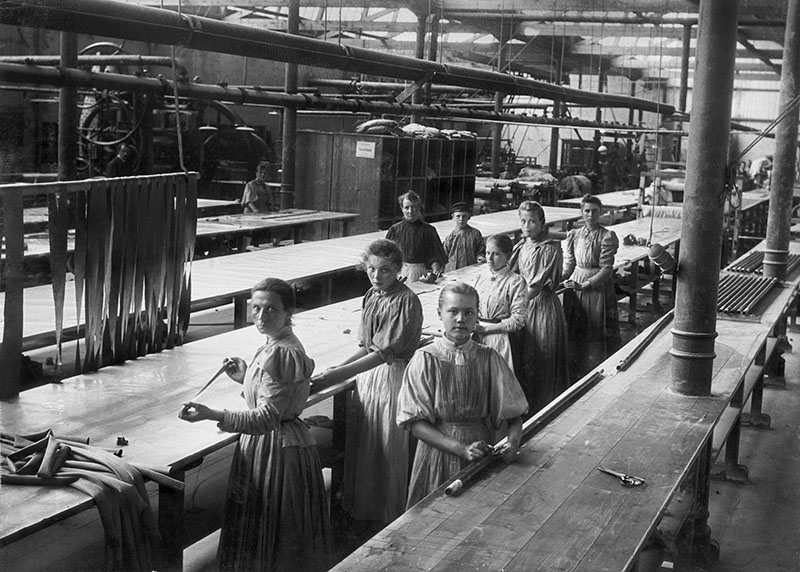In the early 1900s, Trelleborg was one of Sweden’s leading industrial cities. It had 28 industries and 1000 workers, despite having only around 10.000 inhabitants. But how did Trelleborg become such a successful industrial city and what happened afterwards?
We discuss the emergence of industries and how it has affected the city on various levels, such as democratization, equality and eventually gender equality. Using Trelleborg as a starting point, we examine how society changed during this exciting period.
Links
Read more about the exhibition Stadslifv
Target Group: Grades 7 - High school
Duration: 45 minutes
Group Size: We recommend that classes with more than 25 students book as two groups.
Cost: 360 SEK
Location: Trelleborg Museum
Booking
Email: trelleborgen.pedagogik@trelleborg.se
Phone: 0410-73 30 21
